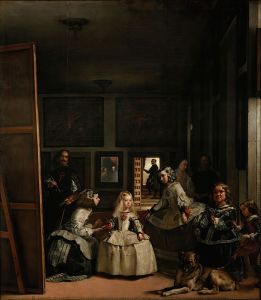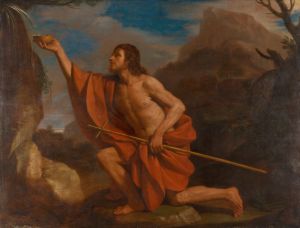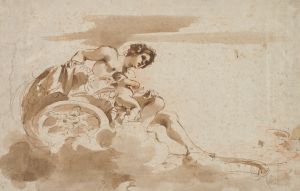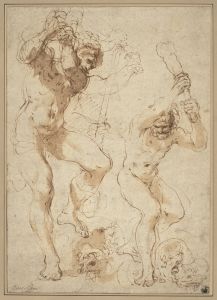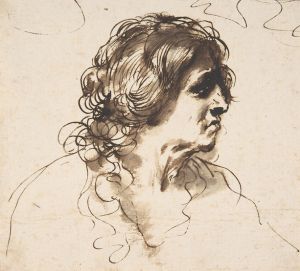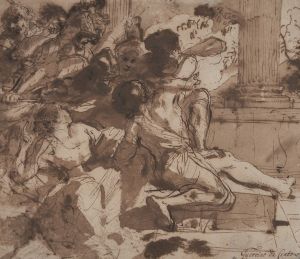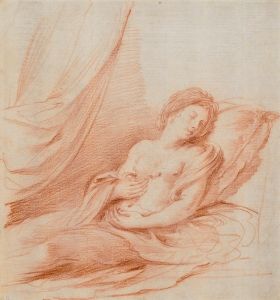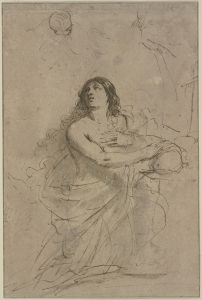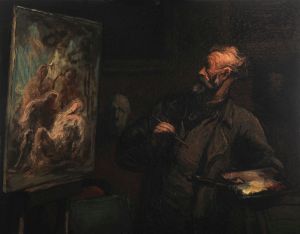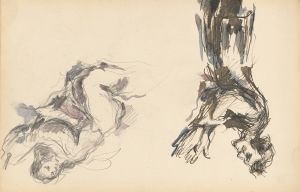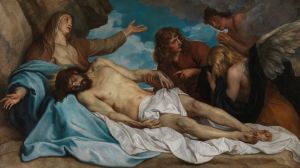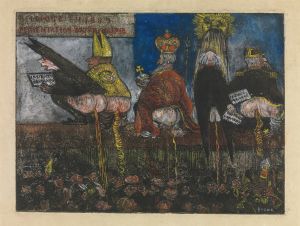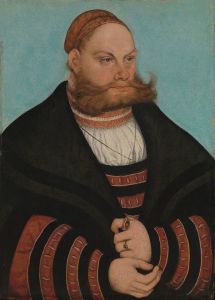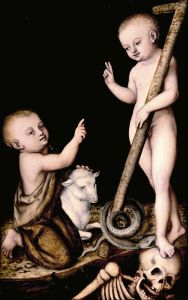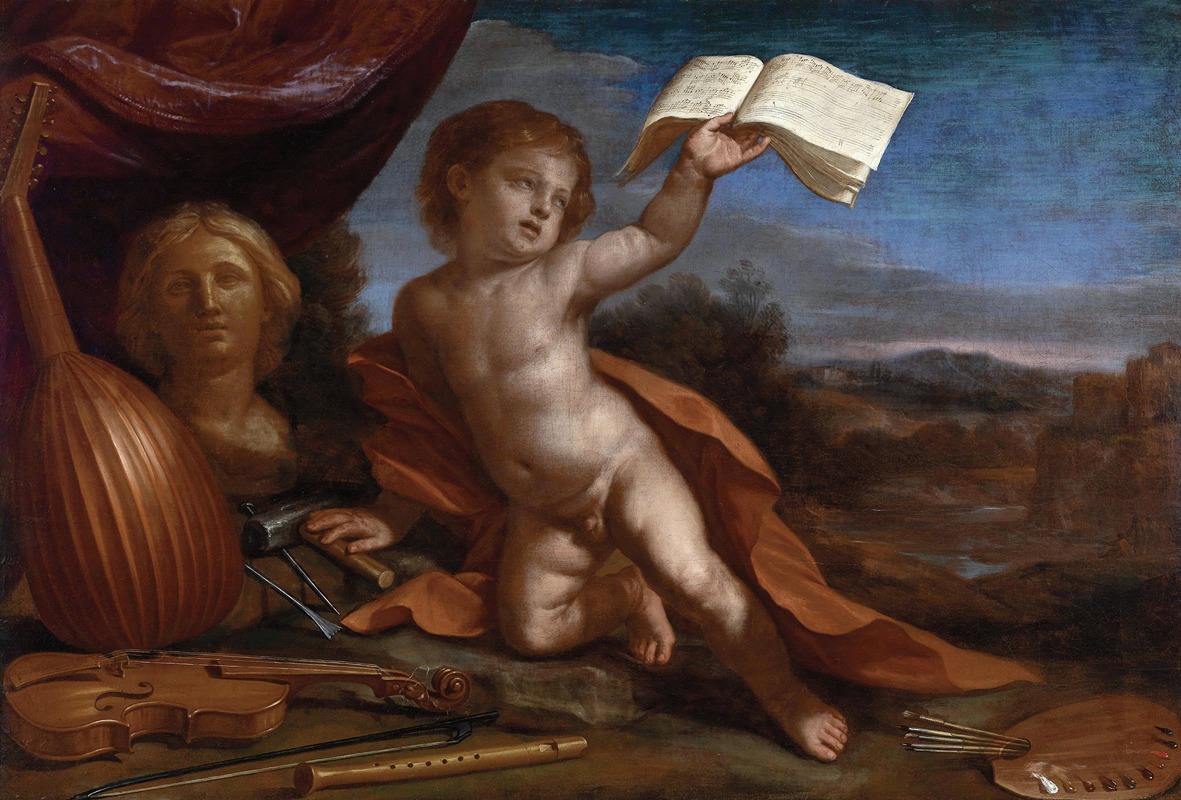
L’amore virtuoso
A hand-painted replica of Guercino’s masterpiece L’amore virtuoso, meticulously crafted by professional artists to capture the true essence of the original. Each piece is created with museum-quality canvas and rare mineral pigments, carefully painted by experienced artists with delicate brushstrokes and rich, layered colors to perfectly recreate the texture of the original artwork. Unlike machine-printed reproductions, this hand-painted version brings the painting to life, infused with the artist’s emotions and skill in every stroke. Whether for personal collection or home decoration, it instantly elevates the artistic atmosphere of any space.
Giovanni Francesco Barbieri, known as Guercino, was an Italian Baroque painter renowned for his dynamic compositions and expressive use of color and light. Born in 1591 in Cento, a town in the Emilia-Romagna region of Italy, Guercino was a prominent figure in the Baroque movement, which emphasized dramatic effects and emotional intensity.
"L’amore virtuoso" is one of Guercino's works that exemplifies his mastery in capturing the subtleties of human emotion and the complexities of virtuous love. Although specific details about the painting's creation, such as its exact date and commission, are not well-documented, it is consistent with Guercino's style during his mature period, where he focused on religious and allegorical themes.
Guercino's approach to painting was heavily influenced by the Carracci family, particularly Ludovico Carracci, under whom he studied. The Carracci were instrumental in the development of the Baroque style in Bologna, and their emphasis on naturalism and dynamic composition can be seen in Guercino's work. "L’amore virtuoso" reflects these influences through its vivid portrayal of figures and the interplay of light and shadow, which are hallmarks of Guercino's technique.
The theme of virtuous love, as suggested by the title, aligns with the Baroque period's fascination with moral and philosophical subjects. During this time, artists often explored the tension between earthly desires and spiritual ideals, a duality that is likely present in "L’amore virtuoso." Guercino's ability to convey complex narratives through his art made him a sought-after painter for both religious and secular commissions.
Guercino's use of chiaroscuro, a technique that employs stark contrasts between light and dark, adds depth and drama to his compositions. This method not only enhances the emotional impact of his paintings but also guides the viewer's attention to the focal points of the scene. In "L’amore virtuoso," this technique would have been used to highlight the expressions and gestures of the figures, drawing the viewer into the narrative.
Throughout his career, Guercino received numerous commissions from prominent patrons, including the Catholic Church and various European nobility. His reputation extended beyond Italy, and his works were highly regarded for their emotional depth and technical skill. Guercino's influence persisted long after his death in 1666, as his paintings continued to inspire artists and collectors alike.
While specific information about "L’amore virtuoso" may be limited, the painting remains an important example of Guercino's contribution to the Baroque movement. His ability to capture the essence of human emotion and his innovative use of light and color have secured his place as one of the leading figures in 17th-century Italian art. Guercino's legacy is preserved in the numerous works that continue to be studied and admired in museums and collections around the world.





